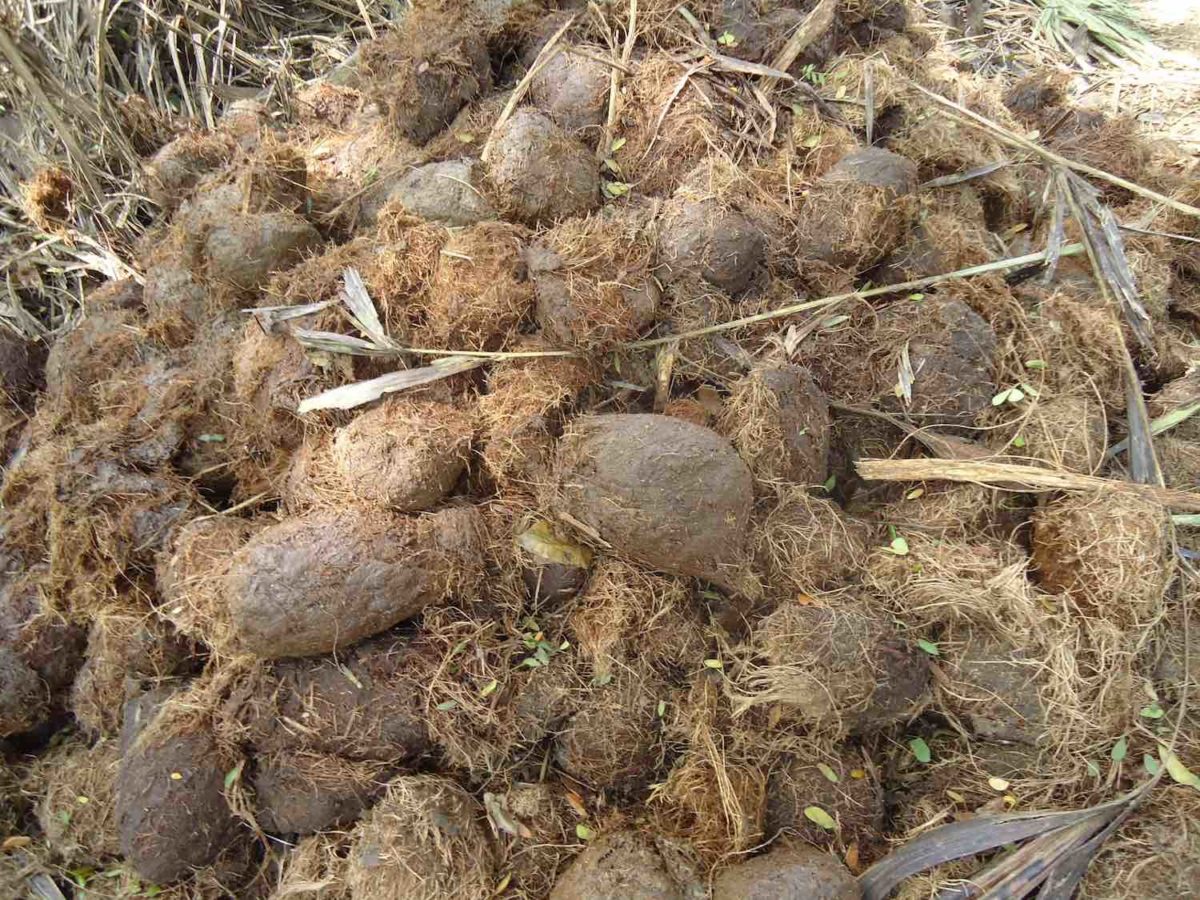Welcome to our exploration of the signs of elephant presence in nature and the wild! Elephants are majestic creatures that have captured the imagination of people around the world for centuries.
Their sheer size, intelligence, and complex social behavior make them one of the most fascinating animals on the planet.
In this article, we will take a closer look at the ways in which elephants leave their mark on the natural world and how to recognize the signs of their presence in their natural habitats.
If you’re looking to track elephants, you should be on the lookout for footprints, droppings, dung piles, and broken branches.
Whether you are an avid wildlife enthusiast or simply interested in learning more about how to spot these incredible animals in the wild, this article is sure to provide you with new learnings that you can put into practise on your next trip.
So let’s dive in and discover the many signs of elephants in nature!

